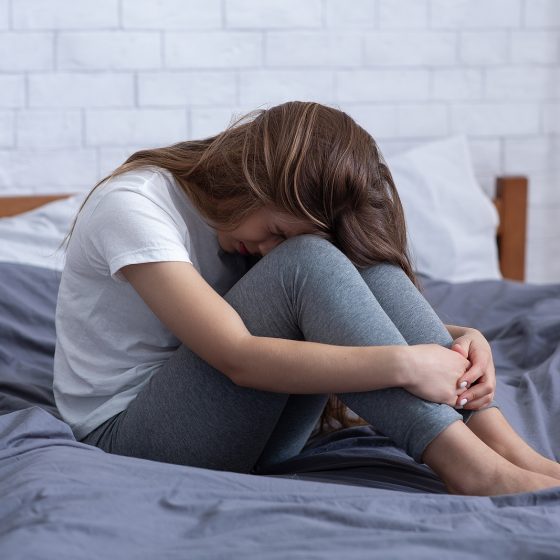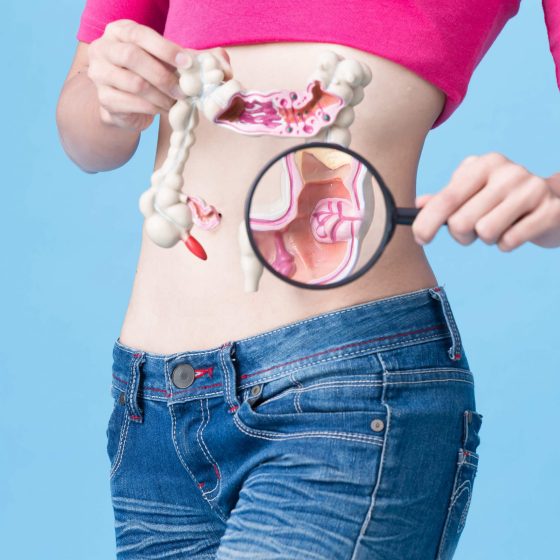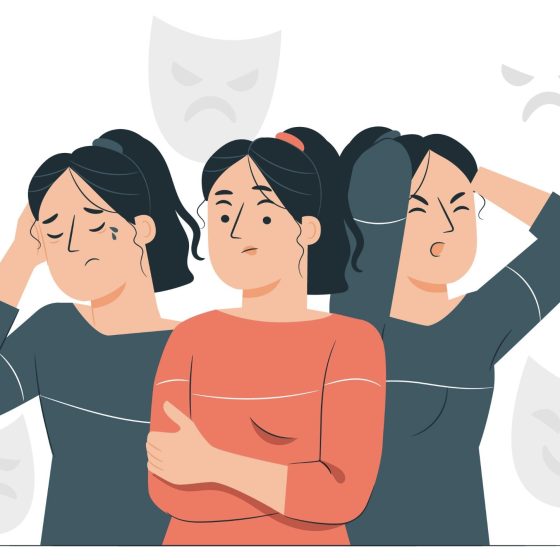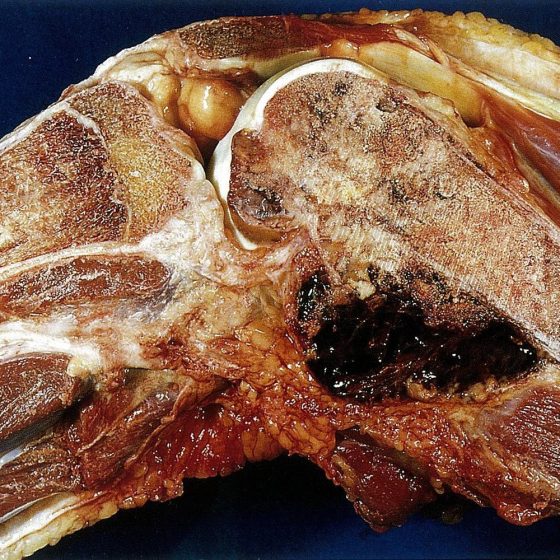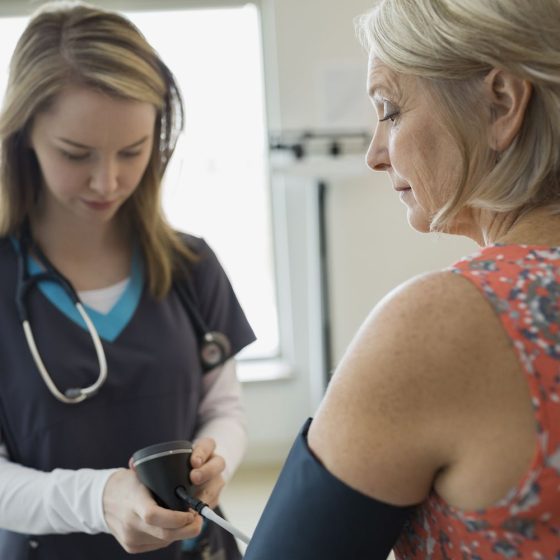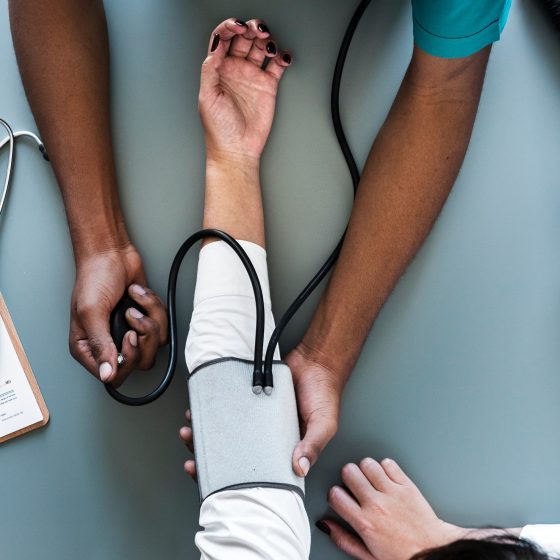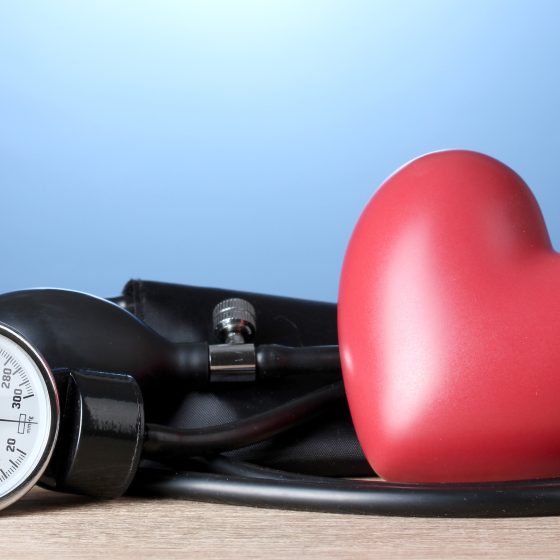Depression in older people
Key facts Depression is a mental health condition that can affect people of any age. More than 1 in 10 older people experience depression. The 3 main causes of depression in older people are poor physical health, social isolation and loss. If you have signs of depression for 2 weeks or more, or you are concerned that you may have depression, don’t delay — speak to your doctor. Ageing does not make treatments for depression less effective — with the right treatment, you can recover from depression whatever your age. What is depression in older people? Depression is a mental health


